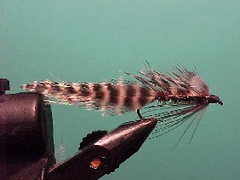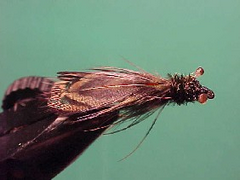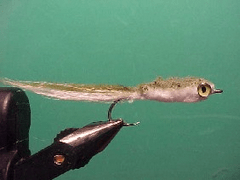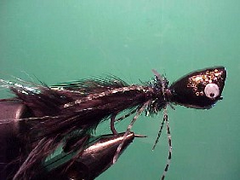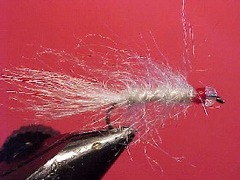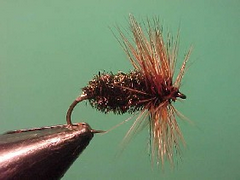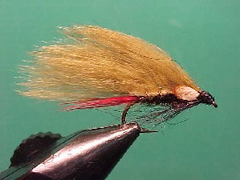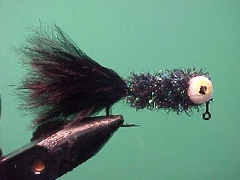Matuka variant
Developed in New Zealand to represent a small fish Matuka style flies were originally tied with feathers from a kind of heron called a “bittern” or in the Maoris language “Matuka”. They work well as a stripping fly in situations where bait fish may be on the menu and the most popular colours in Australia is black / red and brown / brown.

